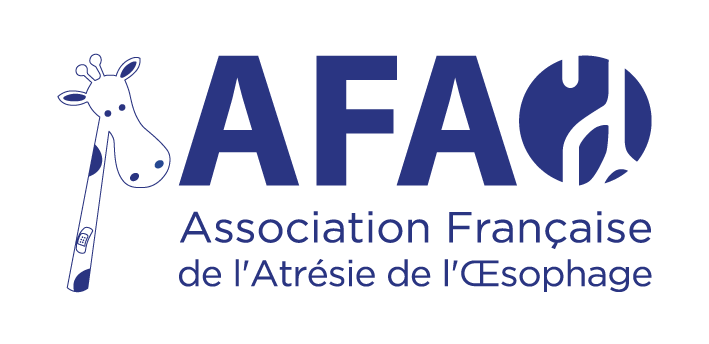Prix AFAO – Fanny 2017
Titre du projet récompensé : Développement d’une matrice décellularisée pour l’ingénierie tissulaire de l’œsophage
En juin 2017, l’AFAO a remis 10 000 euros au Professeur Pierre Cattan, afin de permettre à son équipe de poursuivre sa recherche sur le développement d’une matrice œsophagienne par des cellules souches/ingénierie tissulaire.
Responsable du projet : Pierre Cattan
Composition de l’équipe de recherche :
Caille Clémentine
Arakelian Lousineh
Domet Thomas
Faivre Lionel
Vanneaux Valérie
Larghero Jérôme
Objectif
Développer une matrice décellularisée pour le remplacement circonférentiel de l’œsophage.
Méthodologie
Des œsophages de porcs seront prélevés stérilement et un segment de 10 cm sera décellularisé dans un bioréacteur avec une solution de SDS 2% et EDTA 5mM suivi d’un traitement à la DNase. Les qualités de la matrice (la stérilité, l’absence de cellules et du matériel génétique porcins, l’absence d’immunogénicité, la structure générale, la préservation des glycosaminoglycanes, les propriétés biomécaniques, ainsi que l’ensemencement des cellules sur la matrice décellularisée) seront évaluées.
Résultats attendus : Validation d’une matrice décellularisée œsophagienne prête à être greffée in-vivo prochainement.
Perspectives
Greffer la matrice seule ou ensemencée avec des cellules souches mésenchymateuses dans un modèle porcin lors d’un remplacement circonférentiel de l’œsophage de 5 cm. Evaluer le potentiel régénératif de la matrice in-vivo.
Abstract
Our project for tissue engineering of the esophagus is based on the manufacturing of a substitute composed of an extracellular matrix and mesenchymal stem cells. The SIS matrix we have used up to now is derived from the intestinal submucosa of the pig and is used as a parietal reinforcement for hernia cures in humans.
This matrix appears to be at the origin of a significant deleterious inflammatory reaction, making the bed of fibrosis and thus compromising esophageal regeneration. We found that this inflammatory reaction was probably related to an imperfect decellularization of the matrix. At the same time, extracellular matrices have characteristics specific to each organ and it is presumed that the conservation of these properties would help the appearance of specific tissue regeneration. Therefore, we have developed a protocol for decellularization of the esophagus in order to use in our future research protocols an esophageal matrix decellularized by us.
Esophagi from 8 to 14 weeks old pigs, used for surgical teaching will be removed at the end of the teaching session. The esophagi will be placed in a bioreactor under constant rotation and current. The esophageal cells will be destroyed by a detergent and a nucleolytic enzyme. At the end of decellularization, the controls to evaluate the quality of the matrix obtained will be as follows: immunohistochemical analysis to assess the preservation of its architecture and composition, quantification DNA to evaluate the quality of its decalcification, biomechanical tests to evaluate its resistance and flexibility, the validation of the sterility and the homing capacity of the matrix.
Thus, this new approach to the extracellular matrix will allow us to facilitate tissue remodeling to an esophageal phenotype because of its specificity, and a minimization of the local inflammatory reaction by better control of its decellularization.

